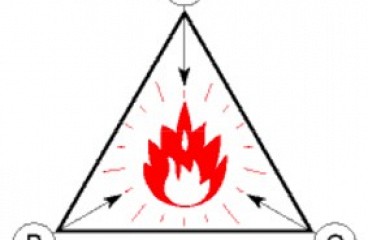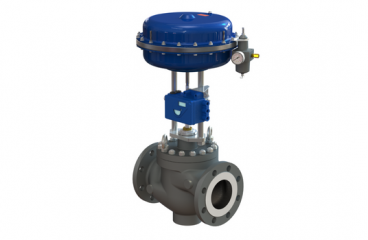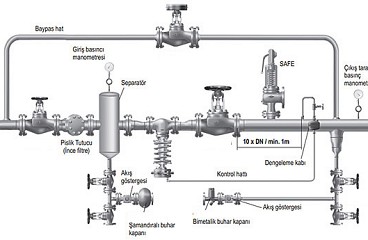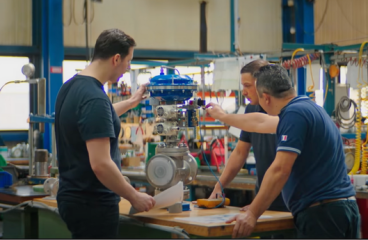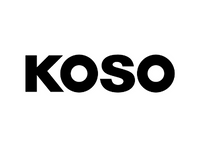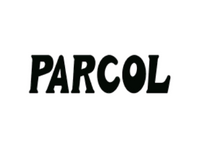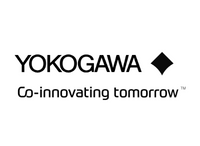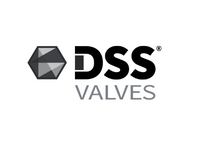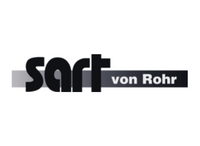Yüksek Basınç Bıçak Vana
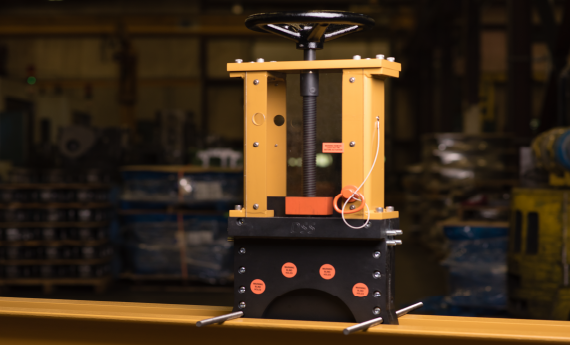
The Evolution of the Severe Service Knife Gate Valve
DSS Severe Service Knife Gate Valve
Through Gate Lined Gate Push-Through Guided-Shear Gate SevereService
Knife Gate
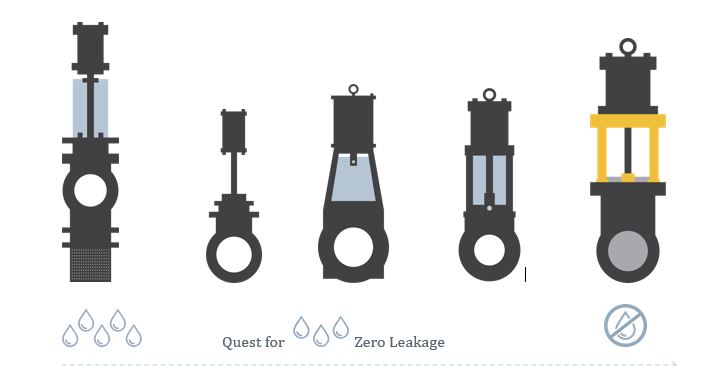

Through Gate Valve ; First came the Through Gate design, which was able to accommodate higher consistencies of fiber in water, but had issues with through leakage and consistently released large amounts of fugitive emissions.
The was the first design to consider the effects of corrosive materials. The design featured a protective corrosion resistant body liner, but couldn’t perform low pressure uni-directional general purpose isolation.
- The Push-Through design emerged, enabling knife gates to handle high solid slurries. However, its more robust design still struggled due to releasing discharge on each and every stroke.
- Guided-Shear Gate Valve A true zero leakage bi-directional higher pressure design, known as the Guided-Shear Gate, featured the first true “knife” gate able to handle clean, clear or heavy slurry in highly alkaline or acidic solutions.
Severe Service Knife Gate Valve (SSKGV)
- In 2017, DSS Valves officially entered the market, boasting the most technologically advanced Severe Service Knife Gate Valve. The design completely removes the chance for fugitive emissions, surpasses the rigorous standards for Severe Service defined by the MSS, and provides bi-directional Zero Leakage to ASME/ANSI Class 600 (100 Barg).
The Six Key Factors ;
- SSVs are not always the right valve for the application.
- General purpose valves can work. However it’s important to identify and understand these six key factors first to be sure.

- Factor 1: Cycling
How often your valve is required to open and close plays a factor in deciding what type of valve you should .
- Frequent cycling can wear a valve out faster than you think. However, infrequent use can be just as concerning.
- Valves can seize and fail to operate when they remain open or closed for extended periods of time.
DSS Solutions for Cycling
- Dual transverse seal is standard
- Fully guided shear gate
- Larger Acme Screw
- SAE 660 bronze ACME nuts for smoother operation

Factor 2: Pressure
- Differential pressure scenarios can not only cause leakage, but can be detrimental to the lifespan of your valve.
- Selecting a valve that can control drastic changes in pressure is important in a variety of industrial processes.
DSS Solutions for Pressure ;
- Full AMSE Class 150-600
- Designed to MSS-135-2016
- Dual Transverse Seals
- Enhanced Topworks Structure
- Fully guided shear gate

Factor 3: Solids ;
- When processing media that contain solids in solution or suspension, you have to be prepared for potentially detrimental buildup and damage to occur.
- Your valve may be required handle solids like scale or other sediment to form a proper seal.
DSS Solutions for Solids
- Full Round Port – no restrictions through valve
- Multiple designs tailored to severity of slurry applications
- Light Slurries = 17-4 Gates
- Medium Slurries = Dual Ni-Hard rings
- SSV Slurries = Chrome/Tungsten Carbide Overlays

Factor 4: Temperature
- Extreme temperatures, whether hot or cold, can impact valve performance.
- This applies to both the media you are transporting, the process your media is undergoing, and the environment your valve is operating in.
DSS Solutions for Temperature
- Aflas for High-Temp
- 500°F/260°C
- GFLT for Low-Temp
- -58°F/-50°C
- Graphite for maximum range
- Garlock seal –for extremely hot applications (fire)

Factor 5: Corrosive Materials
- Many industrial processes involve the transport and modification of toxic and corrosive materials.
Make sure you never put your workers or the environment in danger with valves that do not provide absolute zero-leakage.
DSS Solutions for Corrosive Materials
- Super Duplex
- Hastelloy
- Titanium

Factor 6: Cost
- Can you afford to shut down your operations on a regular basis to replace faulty valves?
- Is your valve considered to be a single point of failure for the process line or entire plant?
- Unfortunately, these important questions are often overlooked when comparing the initial cost of the valve, leading to much larger financial losses down the road.
DSS Solutions for Cost
- Buy the right valve the first time
- Achieve the lowest cost of ownership
- Avoid costly downtime.

